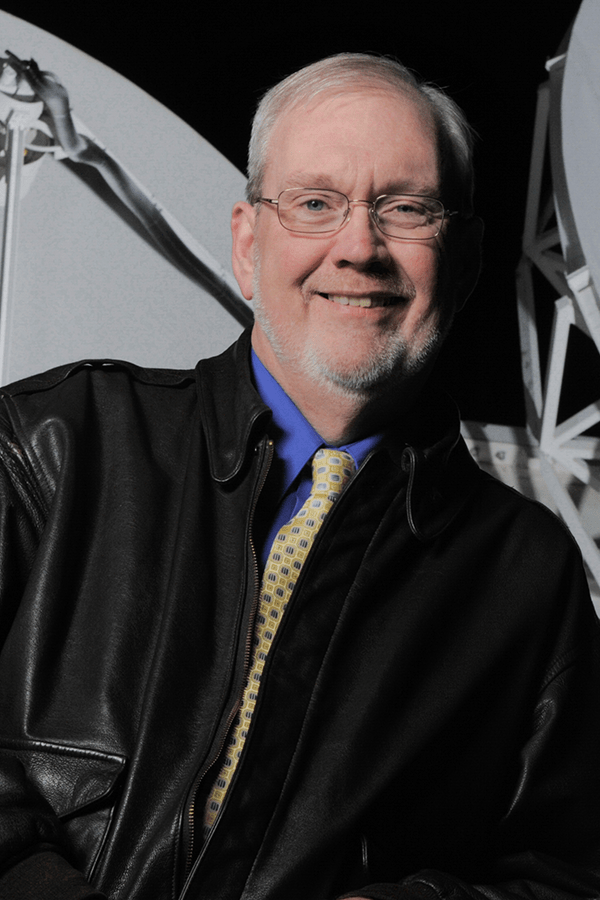
Harry Wynn
Test Engineer
Harry Wynn was just nine years old when he discovered his calling. A neighbor who worked at Goddard Space Flight Center in Maryland treated him to a tour that included what was then called the Network Operations Control Center, which ran the ground and manned spaceflight networks that communicated with spacecraft and astronauts in orbit.
“It was a huge, glassed-in, big, dark room. It looked like mission control in Houston — like what you saw on TV. The first time I went in there as a kid, my eyes started spinning around. I knew that this was where I was supposed to be.”
Harry eventually became a flight controller in the same building he toured as a child. In 1990, he served as the lead for one of Goddard’s four flight control teams during Hubble’s launch and deployment. “Talk about exciting! It was my first space shuttle mission; it was Hubble! And, we were on the clock to get the telescope and solar arrays deployed, because once they pulled the electrical connection out, we had four hours before the batteries went dead.”
One of the solar arrays, which collect the Sun’s energy to power the telescope, had difficulty deploying because a computer test used to keep the telescope safe was detecting more force than expected, he recalled. They eventually disabled the test and allowed the array to deploy.
“I can distinctly remember the conversations; I can remember sending the commands. It seems like yesterday,” he said. “There have been a lot of exciting moments on Hubble over the years but we always managed to pull things out at the end.”
For twenty years and five servicing missions, Harry was the lead instrumentation and communications systems engineer for Hubble. That means he helped make sure communications happened successfully between Hubble, satellites, computers on the ground, and the space shuttle during missions to repair and upgrade Hubble.
As an integration and test engineer, he tests software releases for the telescope, its instruments, and the ground system. “The only other job I would have wanted to have in NASA was to be an astronaut,” he said. “I got to work in the space shuttle and go in and install equipment, and test it before it flew on each servicing mission. To do that — I can’t even begin to describe what that was like. My career has been everything I could have hoped for. I just feel blessed to be a part of it.”
Harry started working at Goddard Space Flight Center at 19 years old as a computer operator and command controller for the Nimbus spacecraft in 1978, leaving his studies at the University of Maryland when the opportunity arose for what he saw as his dream job.
“It made it harder to get a degree, but that’s where I wanted to be so when I had the opportunity, I went.” He would instead take targeted classes over the years on specific topics, including mathematics and aeronautics history.
Growing up in Laurel, Maryland, Harry watched and read everything he could about the manned space program. His interests included photography, amateur radio, and "pretty much anything that went fast," including airplanes, rockets, and race cars. He still goes to the Indy 500 almost every year. Harry is a licensed pilot of single-engine light aircraft, launches high-powered rockets with the Maryland Delaware Rocketry Association, and owns a 1975 C3 Corvette. "But the biggest part of my life, the part I enjoy the most, is being a father to my daughters, Amelia and Claire."
Harry credits his parents for helping him attain his dreams. “My father, when I was a teen trying to figure out what I wanted to do in life, asked me one simple question that has guided me ever since: ‘Do you want to just read about history, or be a part of it?’ Thank you, Dad.”

